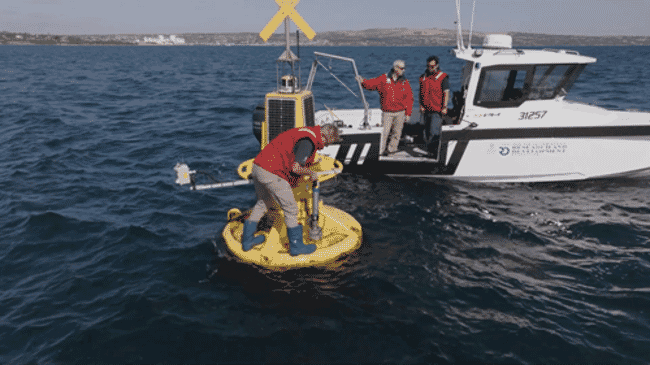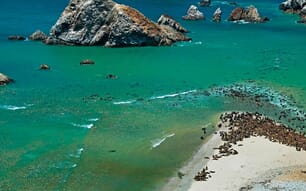
© CSIRO
Australia’s national science agency, CSIRO, has completed initial testing of a "weather service" for water quality in the Spencer Gulf and plans to use the technology in local aquaculture operations.
Data is power
CSIRO’s AquaWatch Australia Mission combines data from water sensors and satellites before applying computer models and artificial intelligence to provide near-real-time water quality monitoring and forecasts.
The Spencer Gulf test site is the first in Australia to demonstrate the AquaWatch technology works, a milestone achieved in partnership with SmartSat CRC and the South Australian Research and Development Institute (SARDI).
CSIRO senior scientist Dr Nagur Cherukuru said the team’s focus has now turned to collecting data to inform the area’s aquaculture industry, which could warn them of events such as harmful algal blooms before they occur.
“The Spencer Gulf is called ‘Australia’s seafood basket’ for good reason,” Dr Cherukuru stated in a press release. "The region’s aquaculture will put seafood on the table for thousands of Aussies these holidays, with the local industry’s production worth over $238 (£125.8) million a year.”
SARDI oceanographer Dr Mark Doubell said: “The delivery of real-time data and improved satellite observations on water quality provides new information that complements existing operational oceanographic models to inform on the ecologically sustainable use and development of our precious marine systems.”
Early warning system
Kirsten Rough, research scientist at the Australian Southern Bluefin Tuna Industry Association, said: “Real-time monitoring means we can scale up surveillance and adjust feeding cycles. Early warning forecasts would allow for planning decisions like moving pens out of the way of harmful algae.”
CSIRO is inviting traditional custodians and industry partners to help co-design the next phase to extend water quality monitoring of the Spencer Gulf and deliver data to decision-makers and elders.
Professor Andy Koronios, CEO of SmartSat CRC, stated: “AquaWatch is establishing critical infrastructure through a state-of-the-art data system and national water sensor networks to help our country become more resilient to extreme weather and adverse marine events.
"It is a hope for all involved that this work will make Australia a high-tech nation with commercial opportunities in aquaculture."




